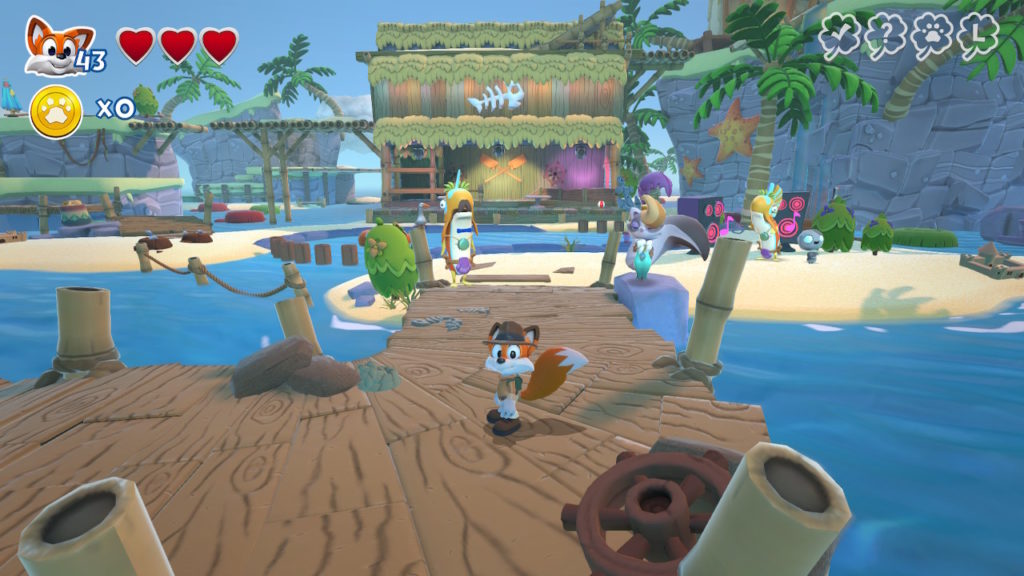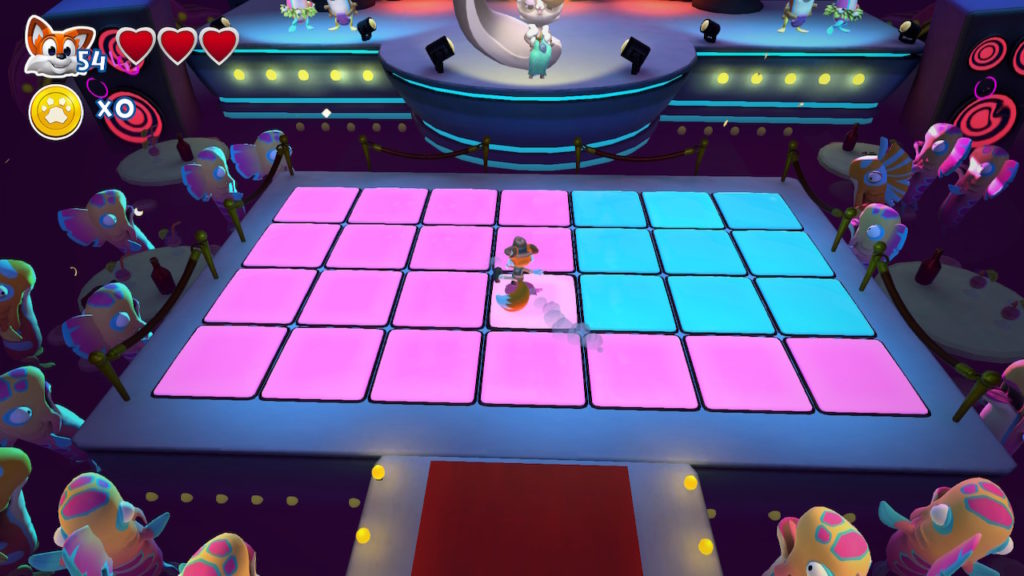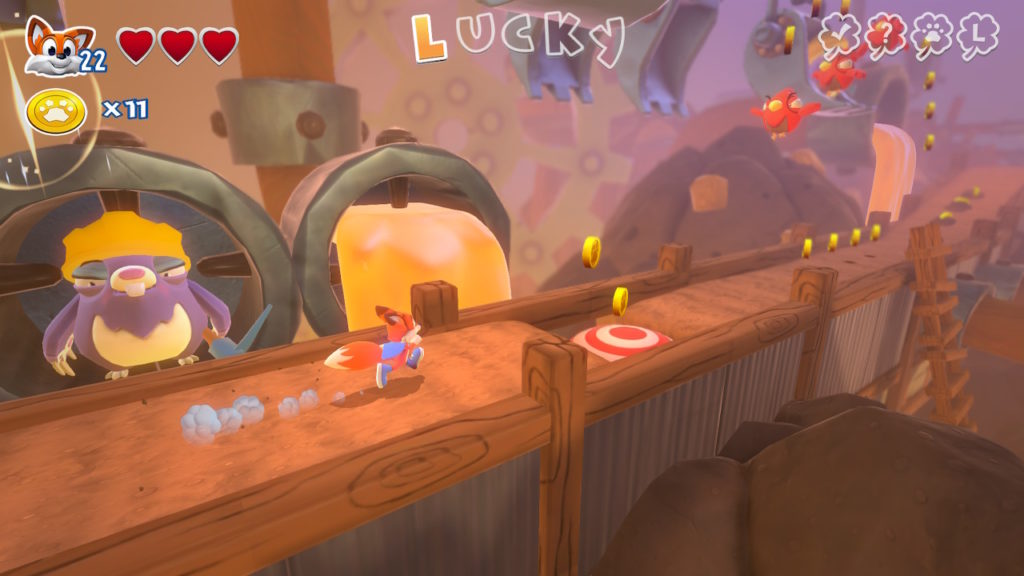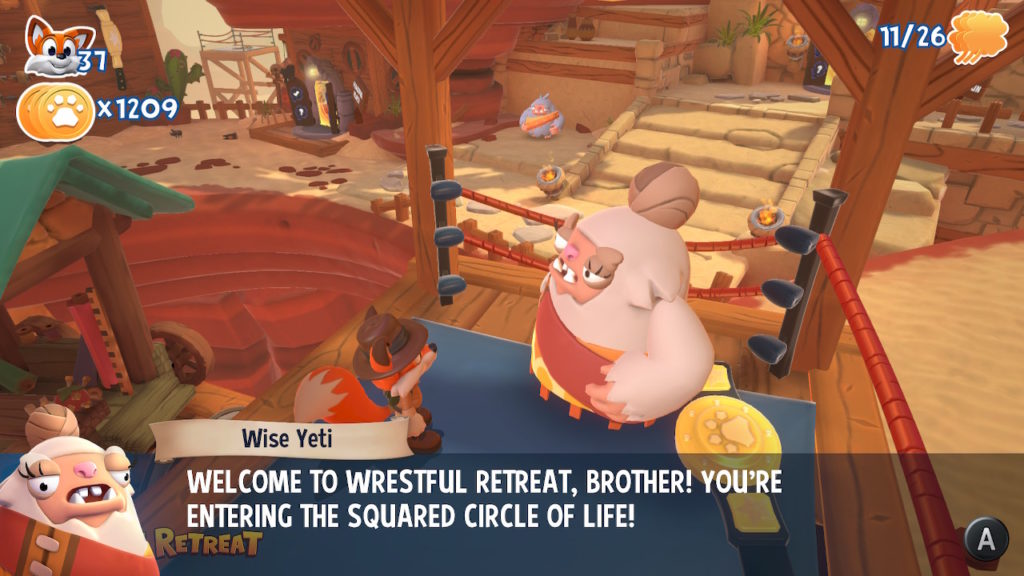- Genre: Third-person shooter
- Platform: Switch
I really enjoyed the original Splatoon, despite the fact that I was tragically bad at it in multiplayer. However, the thing that surprised me was how solid the single player experience was for a game where that was clearly not the focus. Some of that may have just been how fresh it was to play what is a third-person shooter in a very new way, but it really left a mark. For Splatoon 2, the initial single player was more of the same. While it was fun, it was a bit disappointing…..until I played the Octo expansion, which was an entirely ambitious push of single player content that I wasn’t expecting.
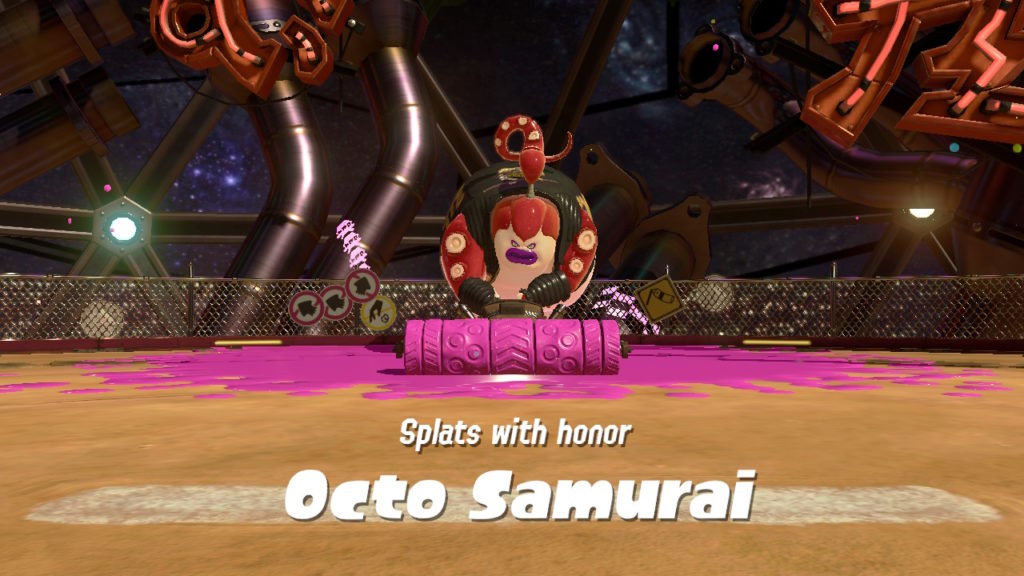
Mechanically speaking, this is still a fantastic game. This is one of the best shooter experiences I’ve had on console, thanks to it intelligently using motion controls to improve aim, rather than feeling ham fisted. It’s got your typical twin stick movement and aiming, but then you do little tilts of your controller for finessed aiming, and it all just clicks. Large motions go on the right stick, and kills come out of motion, and it’s as effective as any aim assists I’ve ever seen out of more traditional shooters.
The base single player is a pretty by the numbers copy of the original game. You’ve got a handful of worlds where you go through a series of puzzles and light AI combat levels, capped with a boss fight. What it ends up being is basically a tutorial for the core gameplay to lead you into the multiplayer. From that perspective, it’s super solid. From the perspective of a returning player, it’s repetitive. I’ve seen this content before, down to some of the bosses returning with only light mechanical changes. It was nice to see them pushing the lore of the series a bit, but it didn’t feel like something I needed to play again.
That feeling changed when I started the Octo expansion.
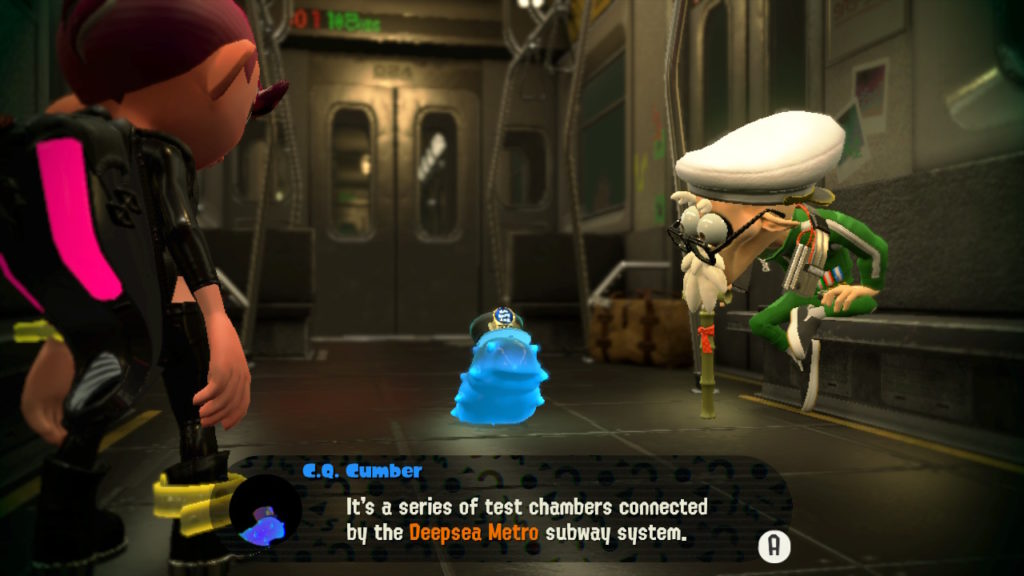
From a very high level, the Octo expansion is basically Portal. Like the screenshot above says, you’re literally doing a bunch of test chambers to prove your skill. After you pass through that section, you end up in a fairly linear sequence of levels to escape the facility. If that sounds familiar, it’s definitely intentional.
At its core, the thing that makes the Octo expansion work is the sheer amount of variety to play with. Each test chamber has its own little gameplay tweak to play with. Some levels are straightforward puzzles to get to the end of the level. Sometimes they get a bit cheeky and give you limited amounts of paint to use. Sometimes they force you into stealth segments. Sometimes they don’t give you any weapons at all, and make you traverse intelligently through.
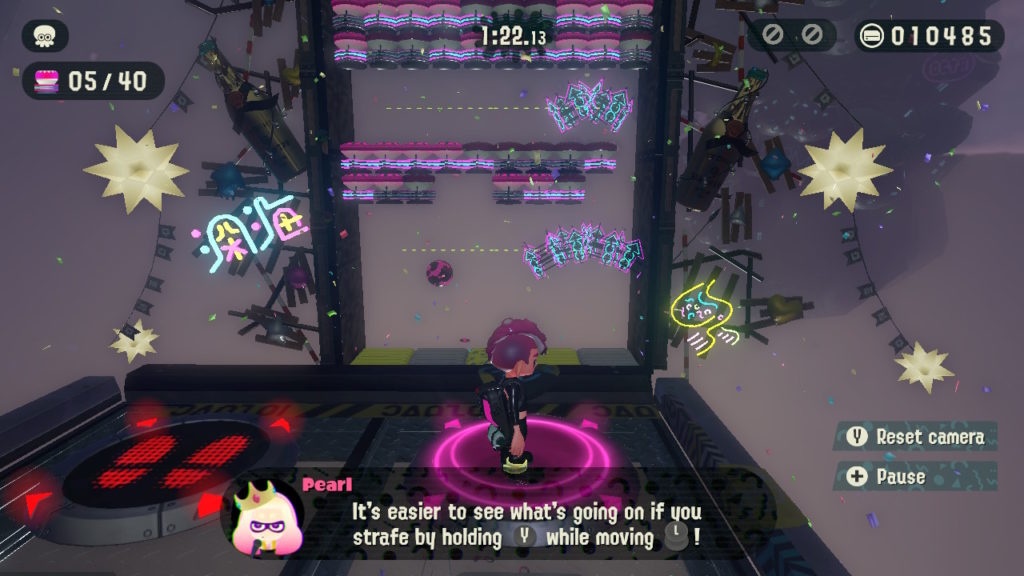
However, it’s when things go off the rails that it’s really fun. There’s levels like the one above where you’re literally playing Breakout with paint. There’s some levels where you’ve got to push a giant billiard ball around the world without knocking it off the level. There’s some levels where you gain a jetpack instead of using the paint to traverse around. There’s even a level where you play Picross 3D to create a box fort shaped like a dog.
It’s the variety and jumps between traditional and fun levels that really give the expansion a really great pace. You’ll do something normal for a bit or hit a really high tension combat level, then be given a breather level to bring down your heart rate. You’ll go from using the typical shooter mechanics to using your paint gun to play tic-tac-toe. It’s all bite sized chunks that are the right length to want you to keep playing just one more level, until suddenly you’re 30 levels in and hours have accidentally gone by.
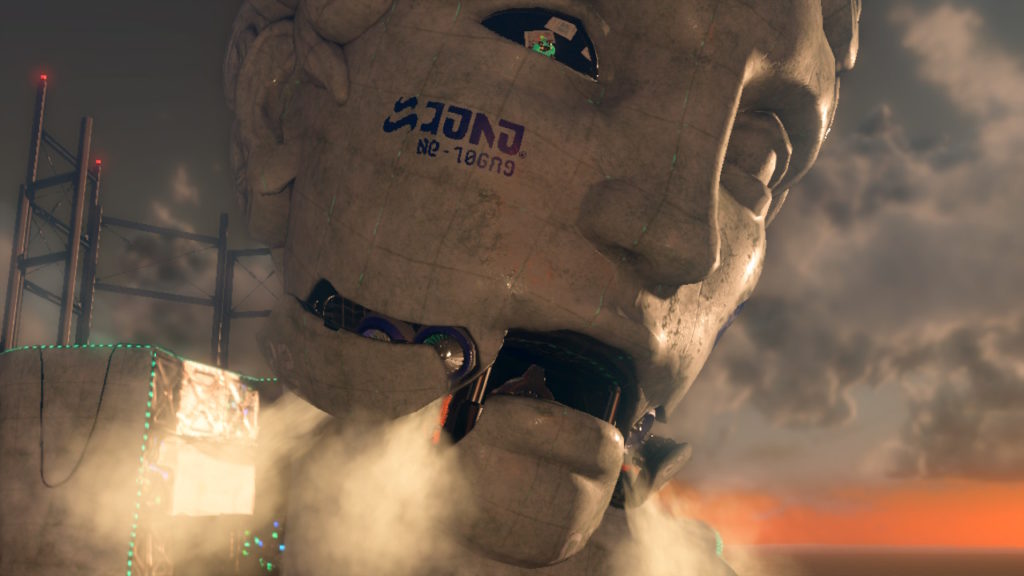
This is all capped by a fantastic escape sequence that culminates in a boss battle against the giant human statue above, combining all the skills you’ve learned in the single player game into a super intense and super fun sequence filled with platforming and firing.
The whole of the Octo expansion shows a level of creativity that is so typical of Nintendo, and yet was not present in the Splatoon series up to this point. The two games were both fantastically well crafted, but distinctly multiplayer-focused. What the expansion has done is shown that there’s a lot of room for this series to also have a single player tilt. Ya they’re sort of being tongue-in-cheek in riffing on the overarching Portal pattern, but there is so much more content here than that game brought to the table. At its core, Splatoon is an easy recommendation for me anyway just to experience what that multiplayer is like. However, with what I’ve played here, I think it may be worth getting Splatoon 2 + Octo expansion just for the single player experience alone.


